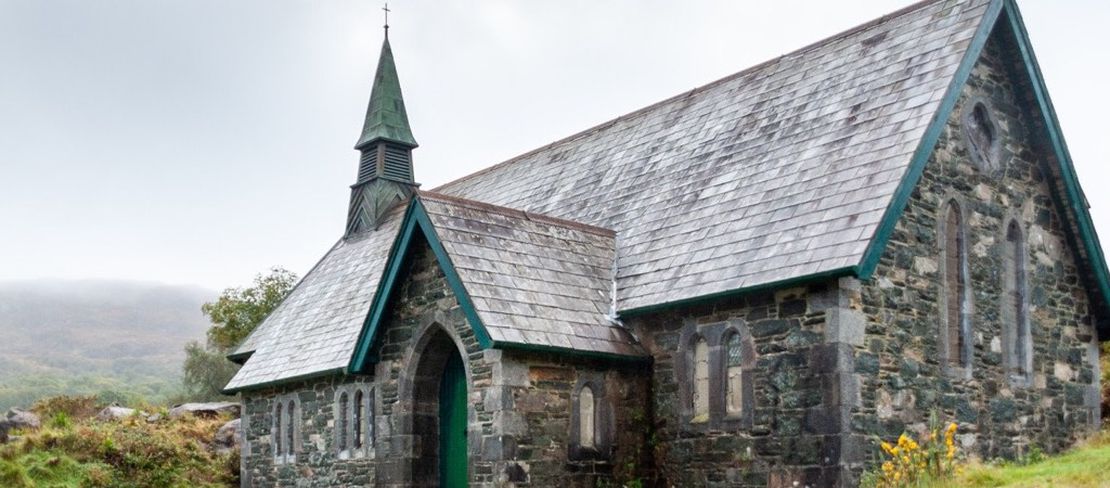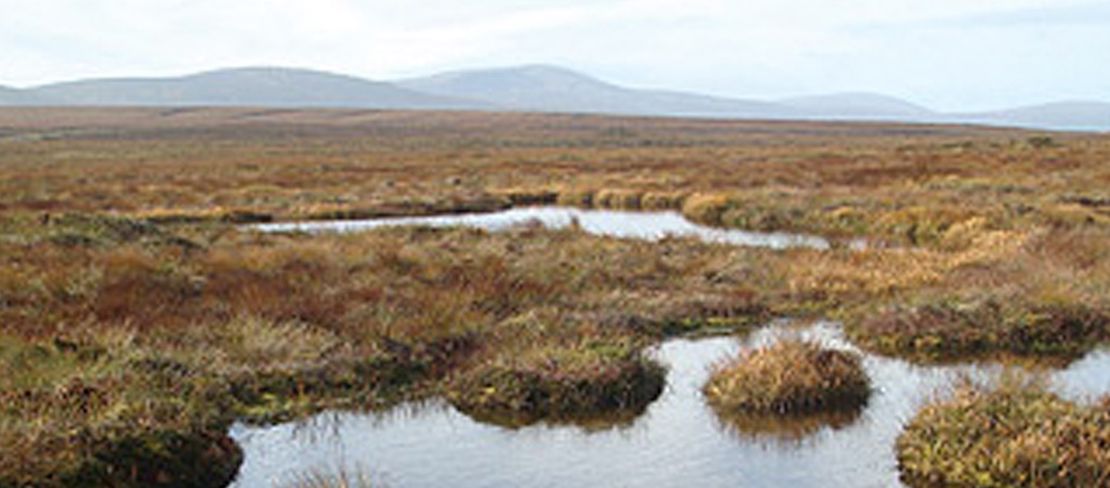
Dirty Work
- Michael McManus
- Ireland
- January 29, 2022
Table of Contents
The photograph is a haunting family relic. At one and the same time it conveys a sad, yet proud, moment in our family history, my grandfather, James McManus, born Crook, County Durham, sits proudly in military combat uniform amid two anonymous comrades from the . Tyneside Irish Brigade
Overalls - Dirty Work
Symbolically, combat uniform and industrial overalls are for the same purpose - dirty work. A soldier’s work is dirty work, but Jimmy was a career coalminer, not a career soldier.
Dirty work nevertheless. Forty three years old when the First World War erupted he was working at Framwellgate Moor New Pit and lived with his large family in a colliery house at Crossgate Moor, Durham City.
15 Children
By this time in their lives Jimmy and his wife, Kate, had produced fifteen children. In what was doubtless the typical poverty of a second generation Irish family, eleven had survived to testify to a powerful gene and caring parents.
Jimmy and Kate had been born and brought up at Crook, County Durham Their parents were Irish immigrants, Jimmy’s from north County Roscommon, Kate’s from Monaghan.
Like hundreds of others, their parents had swopped the terrible hell-hole of hunger and disease around 1848 for the industrial hell-hole of the north east of England. A local newspaper of 1852 well describes the industrial unpleasantness that was Crook:
the incessant bellowings of soot and smoke from the volcanos of the surrounding collieries, and from the sulphurous embers of an endless line of cinder ovens
Jimmy’s father was unskilled and, like many first generation Irish to the north east, had to take on the dirtiest jobs going. Jimmy’s father’s career was in the coke ovens at Crook. More Irishmen than any other nationality were employed there.
Report of the General Board of Health
When you read the Report of the General Board of Health concerning coke worker’s health it becomes debatable whether this work was preferential to famine in Ireland:
I have seen the very worst effects on human life in the case of the men who work constantly at the coke ovens. I have noticed them sinking in health from year to year. Fine men come from the country and their health declines every month, indeed I might say every day
The employment is a very unhealthy one, carburetted hydrogen gas is constantly evolved, together with carbonic acid gas; and I trace directly the effect of these gases on the health of the workmen. Many have asthma, some consumption and men who have a scrofulous tendency in their constitution it acts rapidly on. I have particularly observed this in one case where cancer of the stomach took place (Rammell, 1854:17-18. Evidence given by Dr. Nichol).
Military Service
There seems to have been a mixture of both loyalty to his country and personal welfare involved in Jimmy’s strong motivation to volunteer for military service in 1914. In the first instance, like many others, he was proud to defend his country and his ‘Britishness’ against the threat from Germany.
But that’s all very romantic. He must have had more practical reasons for wanting to volunteer. ‘The pits’ were working a short week in 1914 and an army wage was certainly the better option. Jimmy often dreamed of a welfare state which would support his family in times of depression.
A Proud Volunteer
I recall my father saying that to become a volunteer in the First World War ensured some welfare benefits too - benefits which Jimmy would not have received at home as a coalminer. One of these benefits included a new set of teeth - wooden pegs, I was told.
There may also too have been a sense of adventure in Jimmy’s motivation, and even relief. I imagine that as much as he loved his wife and children, a break away from them, and a less than alluring dirty job down the pit, must have attracted him to the army.
His motivation to fight for what he believed in is certainly reflected in the fact that the government had set an age limit of forty for volunteers and Jimmy was already forty three when he volunteered.
Hughie McManus
Jimmy’s young nephew, Hughie McManus, was seventeen when the First World War was declared. I do not know his motivation for volunteering to fight but, like Jimmy, I guess it was a mixture of several factors. Not least of these was probably the avoidance of shame - felt by those who did not volunteer.
My dad told me that during the time “her Jimmy” was away fighting in France my grandmother, Kate, rebuked a local police officer for keeping his comfortable job at home and not volunteering for action like her man.
WW2
But the losses which came in the First World War had a profound effect on many who, like my grandmother, had supported that ‘proud volunteer’ stance.
Indeed, by 1939 and the outbreak of World War Two, my grandmother had apparently changed her tune. When my father told her he had failed the medical to join the army she was overwhelmed with joy that he was not going away to fight. I guess the horrors of the First World War had dampened her spirit by this time.
When Jimmy decided to volunteer he had first made enquiries to join the Royal Enniskillen Fusiliers, but only to discover they had already left for France.
Instead, at Newcastle upon Tyne, he and his young nephew Hughie enlisted with the Royal Northumberland Fusiliers, Tyneside Irish Battalions.
After training, and some time ‘hanging around’, Jimmy and Hughie embarked for France in 1916 and the battlefields of the Somme.
La Boisselle
They eventually found themselves in the region of La Boisselle. This was to be a fateful spot for both of them. Middlebrook (1971) recalls how the German’s had strategic advantage in this area:
The Germans had tied the villages that lay within their positions into their strong trench system. They liked to place their front line just forward of these villages and then to fortify the ruins. The cellars, covered by the rubble from collapsed houses, made perfect machine-gun posts and, as in the trench system, they were linked to each other and to nearby dugouts by tunnels. These villages became miniature forts with defences proof against most shell fire and, as they did not have the distinctive chalk diggings to give away their positions, they were more than usually difficult to detect.
The sector about to be attacked by the British contained nine of these fortified villages on an eighteen mile front, all either in, or just behind, the front line. Their names were to become part of the history of the British Army.
Nine fortified villages
Reading from south to north they were:
There were good reasons why the British wanted to take these German positions. In a war where artillery observation was the key to success, the capture of the high ground was essential.
Again, if the British were to make any breakthrough into the open country behind the German trenches, the possession of the only good road in the area which passed through La Boisselle provided an attractive axis for the advance.
The village of La Boisselle, on the spur between the valleys of ‘Sausage’ and ‘Mash’, was the objective of the 34th Division, which suffered more casualties than any other division on 1st July 1916.
Many of these casualties were caused by the German machine-guns at La Boisselle. Amongst these casualties were hundreds from the Tyneside Irish Battalions. The village of La Boisselle eventually fell to the 19th (Western) Division on 4th July but not before thousands of British and German soldiers died in action.
Y Sap Mine Crater
Y Sap Mine Crater was one of the two large mines blown at the village. Its position shows how the German trenches, which ran alongside the main road at this point, overlooked the British troops attacking up ‘Mash Valley’. The crater is still a few yards from the main road, in a grass field. The Tyneside Memorial Seat, on the other side of the road, is on the site of the German front-line trench and commemorates the attack of the Tyneside Scottish and Tyneside Irish.
Trenches
In a field, near the village, can be seen the numerous small craters of the Glory Hole sector, where the opposing trenches were so close. The Lochnager Mine Crater was the largest mine exploded on 1st July and, during that day, became a place of refuge for many men of the 34th Division.
From the raised lip of this crater the visitor can get a perfect view of two important features. To the south is ‘Sausage Valley’, not quite as spectacular as ‘Mash Valley’, but still a deadly place on 1st July, where the Grimsby Chums and the Cambridge Battalions suffered heavy casualties. To the west, in the direction of Albert, can be seen the long ridge of the Tara-Unsa Line.
1st July, 1916
Early on the morning of 1st July, 1916, to do their dirty work, the Tyneside Irish began their advance on La Boisselle.
Good Advice
Although in different battalions Jimmy and Hughie passed each other on their way to the front. In the atmosphere of urgency that existed at that moment there was little time to speak to each other, but knowing young Hughie’s reputation for being bold and reckless, Jimmy had some swift words of advice for his nephew:
“Keep your head down out there and don’t be a hero!”.
I don’t suppose Jimmy’s advice would have made much difference that day because the 3,000 men of the Tyneside Irish Brigade were sitting targets for the German machine-gunners. They had to advance from the top of the ridge, down the open slope and across Avoca Valley. In doing this they had no cover and presented a perfect target to the German machine-gunners in and around La Boisselle.
Hughie Struck Down
The British had wrongly believed that the German machine-gun positions had been destroyed by many previous days of bombardment. It was a massacre, and Hughie was one of hundreds who did not survive the merciless dirty work of the machine-gunners:
1 July, 1916 Casualties
The casualties of the Tyneside Irish Brigade, on 1 July, 1916 were tremendous but it is sad to relate that the majority of those who died were never identified, and lie in unmarked graves. (Sheen, 1998:106)
The sad record in the rolls of the Tyneside Irish Battalions shows:
- 1112 Private Hugh McManus: Born Tow Law, Co. Durham. Enlisted Newcastle. Killed in action 1.7.1916. ‘C’ Company, 26th. Bn. N.F. (3rd. Tyneside Irish).
Return to Durham
Jimmy was more fortunate. He returned to Durham and continued his work down the pit. His dreams of being part of a welfare state had been slightly premature - the little welfare he had gained in the army had been too hard won.
On his return from France Kate met Jimmy at Durham City Railway Station. She was surprised to see that he and his exhausted pals were not wearing smartly polished boots - they were still caked with the mud from his dirty work in the trenches.
Like so many Durham and Tyneside pitmen who were returning dirty from France, Jimmy knew his fate was ‘dirty work’.
References:
- Middlebrook, M. (1971) The First Days on the Somme: 1st. July, 1916, London, Allen Lane, The Penguin Press.
- Rammell, T.W. (1854) Report to the General Board of Health on a Preliminary Inquiry into the Township of Crook and Billy Row, London.
- Sheen, J. (1998) Tyneside Irish, Barnsley, Pen and Sword Books.


